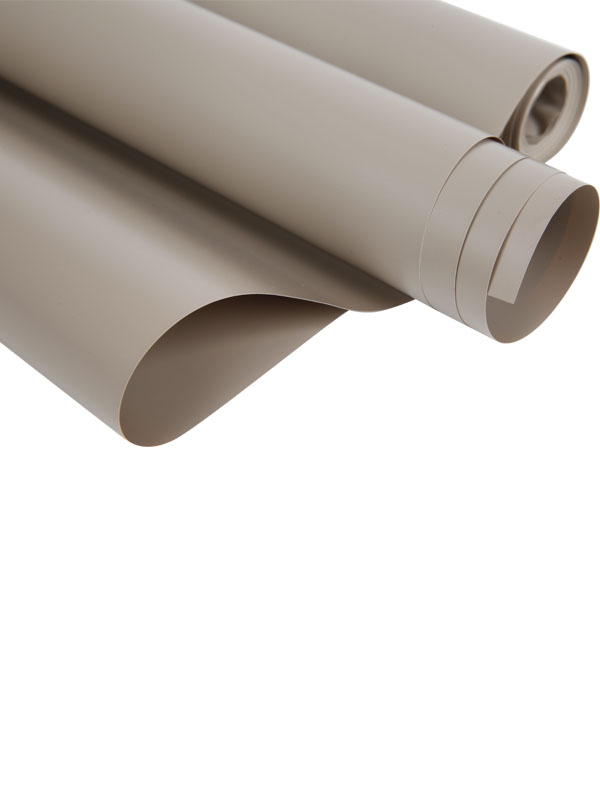PVC ceiling film, also known as stretch ceiling film or PVC stretch membrane, has become increasingly popular in modern interior design due to its sleek appearance, versatility, and ease of installation. It offers a smooth, reflective finish that can dramatically enhance the aesthetics of any room, whether residential or commercial.
Dust Accumulation on PVC Ceiling Film
Like any surface exposed to indoor air, PVC ceiling films can accumulate dust over time. Dust particles tend to settle on horizontal surfaces, and ceilings are no exception. However, thanks to the smooth and non-porous surface of PVC film, dust does not cling strongly. This means that while dust may settle, it is usually easy to remove with gentle cleaning.
Factors that influence dust buildup include:
Indoor air quality and ventilation: Poor ventilation and high particulate matter can increase dust.
Proximity to kitchens or smoking areas: Grease and smoke can combine with dust, making surfaces dirtier.
Room usage: High-traffic areas or rooms with pets tend to accumulate dust faster.
Does PVC Ceiling Film Turn Yellow?
One of the common concerns with plastic materials is yellowing caused by aging or environmental factors. For PVC ceiling films, yellowing can happen but is generally not very common if quality materials are used and proper installation is done.
Causes of Yellowing:
Exposure to sunlight (UV radiation): Prolonged exposure to direct sunlight can degrade PVC and cause discoloration.
Low-quality PVC materials: Inferior PVC films without proper UV stabilizers or additives are more prone to yellowing.
Heat and humidity: Areas with high temperature and humidity can accelerate chemical changes leading to yellowing.
Smoke or pollutants: Cigarette smoke or indoor pollution may stain the surface.
To avoid yellowing, it is essential to:
Choose high-quality PVC ceiling films with UV inhibitors.
Install the ceiling away from direct sunlight or use window treatments.
Maintain good indoor air quality and reduce smoke exposure.
How to Clean PVC Ceiling Film Without Damaging It
Cleaning PVC ceiling film is straightforward, but requires gentle care to maintain its glossy finish and avoid scratches or chemical damage. Here are some effective cleaning tips:
1. Use a Soft Cloth or Sponge
Avoid abrasive materials. Use a soft microfiber cloth, sponge, or soft cotton towel to wipe away dust and dirt. Hard brushes or scrubbing pads can scratch the delicate surface.
2. Mild Soap or Detergent
Prepare a solution of warm water with a few drops of mild dish soap or neutral detergent. Avoid harsh chemicals like ammonia, bleach, or solvents, as these can damage or discolor the PVC film.
3. Gentle Wiping
Dampen the cloth or sponge with the soapy water and gently wipe the ceiling surface. Work in small sections to avoid streaking. Do not soak the surface excessively, as water can seep into seams or edges.
4. Rinse and Dry
After cleaning, use a clean, damp cloth dipped in plain water to remove any soap residue. Then, dry the surface gently with a dry microfiber cloth to prevent water spots or streaks.
5. Avoid Abrasive Cleaners and Tools
Never use abrasive powders, steel wool, or harsh scrubbers. Also avoid solvents such as acetone or alcohol, which may cause the film to soften or discolor.
Additional Tips for Maintenance
Regular dusting: Use a soft duster or microfiber mop regularly to prevent heavy dust buildup.
Avoid sharp objects: Keep furniture or decorations away to prevent punctures or tears.
Professional cleaning: For stubborn stains or extensive cleaning, consult professionals experienced in PVC ceiling maintenance.
PVC ceiling film is a stylish and practical option for modern interiors, offering a smooth, reflective finish that can last many years with proper care. While it can accumulate dust like any ceiling, its non-porous surface makes cleaning relatively easy. Yellowing is generally avoidable by selecting high-quality materials and minimizing exposure to UV light and pollutants.
With gentle cleaning using soft cloths and mild detergents, you can maintain the film’s pristine look without risking surface damage. Regular upkeep and attention to indoor air quality will ensure your PVC ceiling film remains beautiful and functional for years to come.


 English
English русский
русский Français
Français Español
Español عربى
عربى







